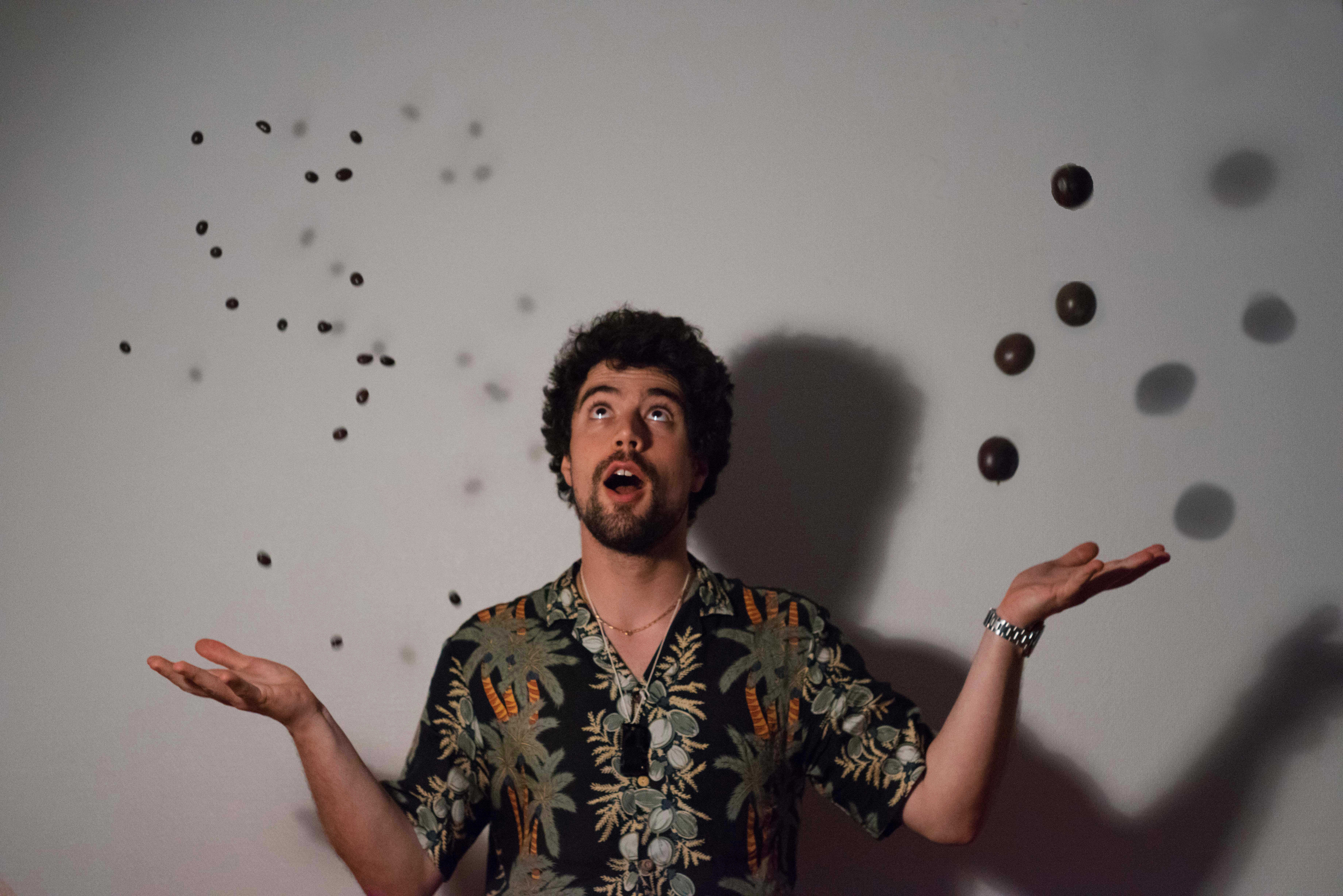
I am an evolutionary biologist who likes to confront evolutionary theory to ecological reality. I have a keen interest for the ecological sensitivity of reproductive strategies and life-histories, with a recent focus on aquatic environments. I come from France, but lived all of my academic life in Scandinavia. I started as a PhD student in the University of Uppsala, Sweden, then moved to a post-doc in NTNU Trondheim before joining the Faculty of Bioscience and Aquaculture in Bodø in March 2025.
As part of the CHIPOLATA project, I am working on the trophic structure of pelagic fish species of Lake Tanganyika, and how this structure might have changed over the last few decades under climate change and harvesting pressure.
Publications:
1. Martinossi‐Allibert, I., Wacker, S., Aparicio Estalella, C., Kvarnemo, C., & Amundsen, T. (2025). A test of operational sex ratio theory across latitudes reveals temporal variation in sex‐specific behavioural reaction norms. Journal of Animal Ecology. https://doi.org/10.1111/1365-2656.14250
2. Siljestam, M., & Martinossi-Allibert, I. (2024). Anisogamy does not always promote the evolution of mating competition traits in males. The American Naturalist, 203(2), 230-253.
3. Martinossi‐Allibert, I., Ament‐Velásquez, S. L., Saupe, S. J., & Johannesson, H. (2023). To self or not to self? Absence of mate choice despite costly outcrossing in the fungus Podospora anserina. Journal of Evolutionary Biology, 36(1), 238-250.
4. Vogan, A. A., Martinossi-Allibert, I., Ament-Velásquez, S. L., Svedberg, J., & Johannesson, H. (2022). The spore killers, fungal meiotic driver elements. Mycologia, 114(1), 1-23.
5. Martinossi-Allibert, I., Veller, C., Ament-Velásquez, S. L., Vogan, A. A., Rueffler, C., & Johannesson, H. (2021). Invasion and maintenance of meiotic drivers in populations of ascomycete fungi. Evolution, 75(5), 1150-1169.
6. Martinossi-Allibert, I., Liljestrand Rönn, J., & Immonen, E. (2020). Female-specific resource limitation does not make the opportunity for selection more female biased. Evolution, 74(12), 2714-2724.
7. Ahnesjö, I., Brealey, J. C., Günter, K. P., Martinossi-Allibert, I., Morinay, J., Siljestam, M., … & Vasconcelos, P. (2020). Considering gender-biased assumptions in evolutionary biology. Evolutionary Biology, 47(1), 1-5.
8. Martinossi‐Allibert, I., Thilliez, E., Arnqvist, G., & Berger, D. (2019). Sexual selection, environmental robustness, and evolutionary demography of maladapted populations: A test using experimental evolution in seed beetles. Evolutionary Applications, 12(7), 1371-1384.
9. Martinossi-Allibert, I., Rueffler, C., Arnqvist, G., & Berger, D. (2019). The efficacy of good genes sexual selection under environmental change. Proceedings of the Royal Society B, 286(1896), 20182313.
10. Martinossi-Allibert, I., Savković, U., Đorđević, M., Arnqvist, G., Stojković, B., & Berger, D. (2018). The consequences of sexual selection in well-adapted and maladapted populations of bean beetles. Evolution, 72(3), 518-530.
11. Martinossi‐Allibert, I., Clavel, J., Ducatez, S., Viol, I. L., & Teplitsky, C. (2017). Does habitat specialization shape the evolutionary potential of wild bird populations?. Journal of Avian Biology, 48(8), 1158-1165.